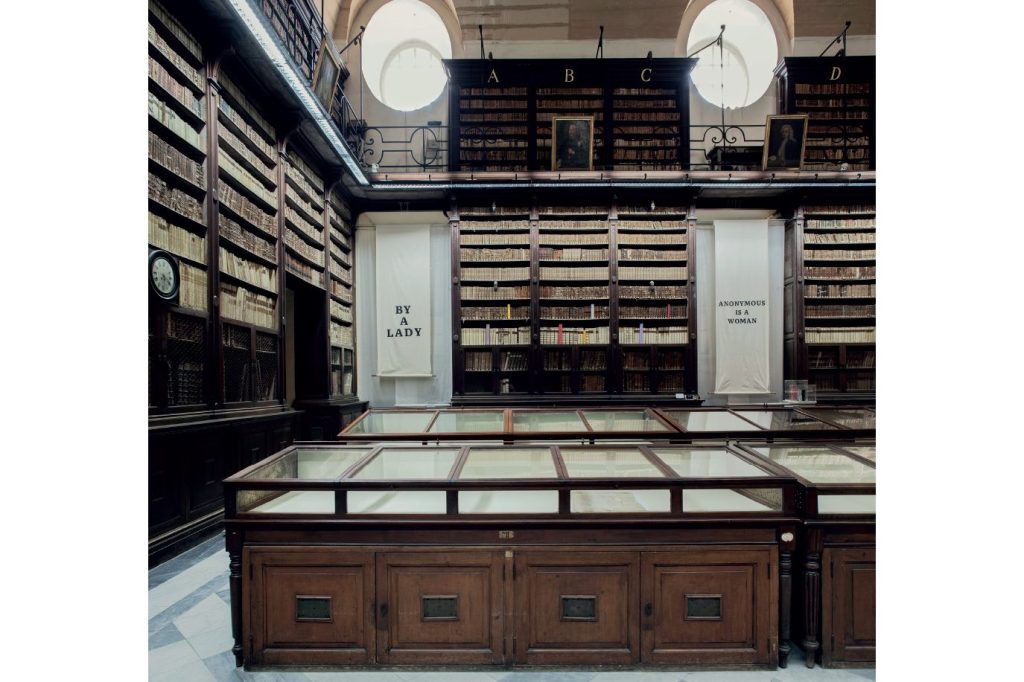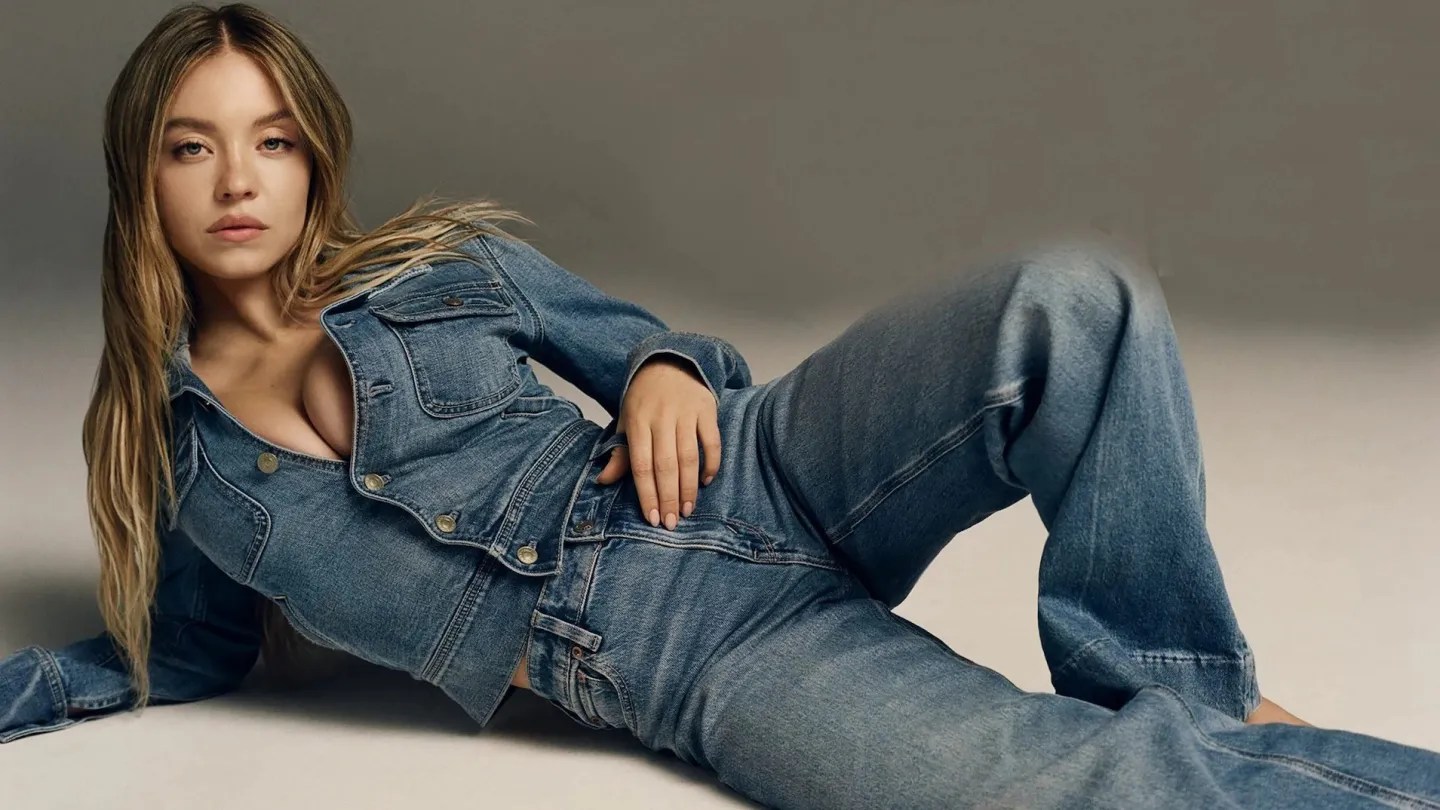Should you visit Malta this spring, you may notice something decidedly weird is afoot. Across the public squares of its capital, Valletta, performance artists are blocking busy thoroughfares and causing havoc on packed café terraces. The Hospitaller and British military forts that dominate the capital’s famous harbour, meanwhile, are full of dysfunctional installation work, while the curio-filled vitrines of local museums are forced to compete with video art. Even the Grandmaster’s Palace — for centuries the country’s seat of power — has accommodated several dozen mini-exhibitions on the theme of “the Matri-archive of the Mediterranean.” As more than one artist showing work in these places told me, the venues were rather more interesting than the displays to which they had been given over.
Over the past decade and a bit, the average biennale has come to see itself as an agent for social change
The occasion for all this is the tiny Mediterranean nation’s first art biennale, an event that encompasses twenty or so venues spread across its two principal islands, and by my count features the work of about seventy different artists. It is well-intentioned in the conventional, left-ish art-world sense, and declarative in its way of showing it. Its constituent parts can mostly be separated into two categories: on the one hand, winsomely quirky; on the other, noisily political. Some artists’ contributions tick both boxes, while others escape the straitjacket of conformity and shock by dint of being pretty good.
If you’ve ever visited a biennale (or a triennale, a quinquennial or indeed, in the case of Germany’s Skulptur Projekte Münster, a decennial) all this will probably sound uncannily familiar. The format, conceived in Venice at the tail end of the nineteenth century, has since proliferated across the globe, from the US to Brazil to India and (in a big way) China. Venice — the next iteration of which opens in late April — remains the daddy of the biennale world, but a smattering of others, notably in São Paolo, Kassel and the Korean city of Gwangju, are taken almost as seriously. The other 300 or so such events that have sprung up worldwide, alas, do not command such respect. And for good reason.
The proliferation of the biennale format is a recent development: according to one study, there were fewer than thirty of them in Europe at the end of the 1980s; by 2018, its authors counted a whopping 136. Indeed, now that Malta has joined the party, only five countries on the continent (Belarus, Bulgaria, Moldova, Liechtenstein — yes, I am counting the various micro-states — and Croatia) have yet to embrace the phenomenon.
The word “biennale” might carry certain airs, but there is no governing body and anybody can start one. In theory, all you need to do is gather some work by a bunch of artists and display it somewhere every two years. You don’t even need to stick to the same location: as Manifesta, the self-styled “European nomadic biennal,” has proved, you can wrap up proceedings in Kosovo only to resurface in Barcelona two years later.
In practice, however, biennales are becoming increasingly homogenized — at least in Europe. In Malta, I got the sense that the organizers had visited the last couple of big biennial art exhibitions and used them as a template for how theirs should look. That the last handful I visited, in France, Germany and Liverpool, seemed almost identical to each other and indeed to this one, does not speak volumes for their wisdom.
The emphasis on “professionalism,” and the standardization that has followed as a consequence has, in part, come courtesy of the local tourist boards that provide much of the funding. You may have heard of the hallowed “Bilbao effect,” a term coined when the Basque city decided to open a Frank Gehry-designed franchise of New York’s Guggenheim on its waterfront. In the years following the opening of that institution in 1997, the once run-down municipality experienced a spike in tourism, and has since become one of Spain’s richest cities. Bilbao’s success inspired a copycat race to the bottom, with mostly unhappy results.
It quickly became clear that getting a starchitect to design a showpiece museum in a lesser-visited post-industrial city was no guarantee of attracting the culture-tourism dollar. A much cheaper solution was to embrace the idea of a biannual exhibition staged across existing art venues and sites of historical interest, perhaps accompanied by a catalogue that explained local lore and contained a directory of traditional shops and restaurants within walking distance of the exhibits. In this way, an art biennale could become the motor for a convenient tourist itinerary. And if the art wasn’t up to much, it wouldn’t really matter.
Journalists, myself included, are as complicit as anyone in encouraging the biennale boom: we love these things. Generally, the tourist board responsible will propose a multi-day trip to an exotic place, offering bed, board and entertainment in exchange for coverage. Even a bad review is better than getting no publicity at all, especially for a country like Malta, which last made international headlines on account of its previous administration’s alleged role in the murder of investigative reporter Daphne Caruana Galizia. Yet even if the economic and reputational reasoning makes sense, the increasingly samey flavor of biennale art does not. Over the past decade and a bit, the average biennale has come to see itself as an agent for social change. The curators impose a theme aimed at the betterment of society and thence proceed to divide the main theme into sub-themes. They then strive to assemble an exhibition that coheres to whatever they’ve come up with.
Fit in sections on migration, racial discrimination, gentrification and you have biennale bingo
What this means in practice is that much space is dedicated to textile art embroidered with platitudinous slogans tenuously relating to gender equality. Fit in sections on migration, racial discrimination, gentrification and the ongoing Mediterranean refugee crisis and you have biennale bingo. Witchcraft has also become a big thing. I do not mean to suggest that any of these subjects (except, obviously, the last) are anything other than urgent — far from it. But spend three days looking at shouty displays pertaining to them, however obliquely, and you too will begin to wonder whether art might not be an active hindrance to making a difference.
In Malta, alas, this was very much the case. While I heard much about the country’s surprisingly strong record on LGBT rights, I don’t remember seeing anything that directly addressed the Caruana Galizia affair. Nor were there many works that alluded to the country’s medieval record on abortion. It’s perhaps not uncoincidental that one of these — the excellent German artist Bettina Hutschek’s wunderkammer of objects investigating the relationship between biblical and folk misogyny and the development of the Maltese language — was among the program’s few genuine stand-outs.
If all this makes you think I might be part of the problem, I have some suggestions for biennale organizers. First, ditch the thematic approach. It never works. Instead, stage a bunch of unrelated but interesting exhibitions in unlikely locations; if an artist is any good, they shouldn’t need a grandiose curatorial conceit to get them started. Next, address the uncomfortable fact that, by current biennale standards, there are simply too many artists involved. Cut that number by a factor of at least half, possibly giving the chosen few the chance to do as they see fit with an entire venue. Finally: please, please, please stop pretending your event is doing anything to save the world. E basta — you might actually have something worth seeing on its own terms.
The Malta Art Bienniale is on until May 31. The Venice Art Biennale runs from April 20 to November 24. This article was originally published in The Spectator’s UK magazine. Subscribe to the World edition here.


























Leave a Reply